Social media influencer ads involve brands putting ad spending behind a post from an influencer collaboration. This is typically done through TikTok Spark Ads and Instagram Partnership Ads.
If content from one of your brand’s collabs earns high engagement or nails your message, boosting that post as an ad makes perfect sense.
Because real customers are your best billboards to build trust and show off products in action.
Don’t just take our word for it! Recent research confirms that influencer ads outperform non-creator ads on both TikTok and Instagram by earning more engagement, reach and conversions.
That’s why don’t have to look hard to find influencer ads on your #FYP or IG feed. More and more brands are making creator content the cornerstone of their paid social media strategies.
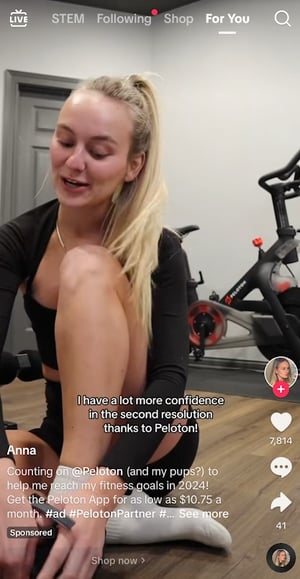
Source
Influencer ads are a staple of most CPG brands’ paid social media strategies.
Still, understanding how they work is confusing as creator ad tools keep evolving. While that’s awesome for brands, it can make things tricky to keep up with.
This post explains how brands can increase paid ad performance using influencers in ads.
What Types of Influencer Ads Can Brands Run?
Good news: both TikTok and Instagram have upgraded their native influencer ad tools.
To kick things off, let’s dig into the three main types of influencer ads that brands can run.
TikTok Influencer Ads (Spark Ads)
Spark Ads have become the go-to ad format on TikTok format for brands and creators alike.
Spark Ads are one of the app’s trademarks for their easy setup, scalability and unfiltered vibe. These ads are about as close as get to promoting organic content because brands can’t edit them.
But that’s not a bad thing at all!
Food for thought: TikTok influencer ads outperform non-Spark Ads with 134% higher completion rates and 157% higher 6-second view rates. That’s because they feel like organic content, not ads. The fact that Spark ads are served from the creator’s @handle (not the brand’s) helps, too.
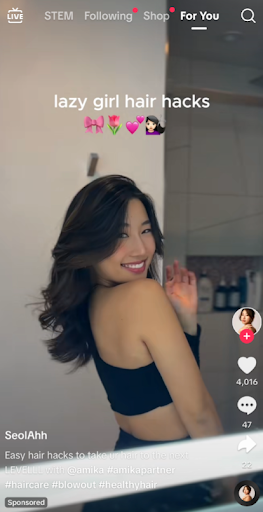
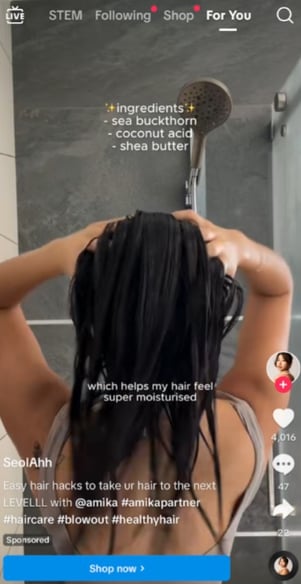
Source
Instagram Influencer Ads (Partnership Ads)
Instagram’s answer to Spark Ads is Partnership Ads (formerly Branded Content Ads).
These Instagram influencer ads likewise can run from a @creators’ handle. Just like Spark Ads, Partnership Ads allow brands to piggyback on an influencer’s audience to reach relevant customers.
According to Meta, brands running Partnership Ads alongside non-creator ads see 90% higher ROAS.
This signals the value of running influencer ads on Instagram alongside more “polished” ad creatives. Remember: creator ads versus non-creator ads doesn’t have to be a matter of either-or. Do both!
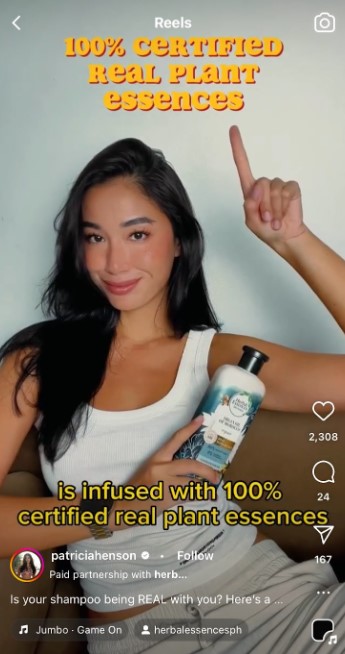
Source
UGC Ads with Brand Ambassadors and Affiliates
While affiliate posts aren’t technically influencer ads, using affiliates and ambassadors in paid campaigns is becoming more common within paid social media campaigns.
With affiliate programs, brands can tap creators to champion their products as brand ambassadors. Consider how the debut of TikTok Shop has resulted in new ads to drive direct sales on the app.
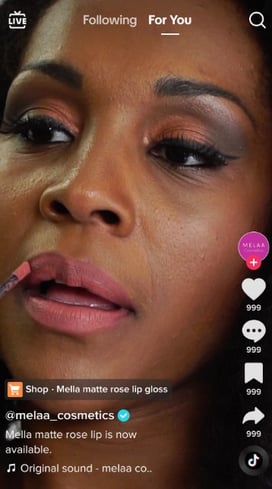
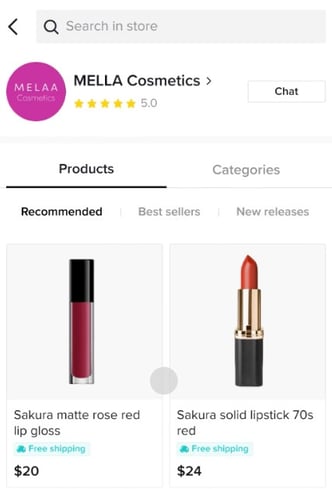
Source
It’s no surprise that brands are boosting affiliate posts and UGC more and more. Recent research notes that 70% of TikTokers discover new brands and products on the platform. Meanwhile, a similar 70% of Instagram shoppers turn to the app to research their future purchases.
Through product tagging and influencer storefronts, brands can create armies of affiliates to sell their products. Again, brands can also boost affiliate posts as ads. Granted the compensation and value exchange are there, it’s a win-win for both parties.
How Does Setting Up Influencer Ads Work?
Good question! Sure, we’ve covered how effective and paid influencer campaigns are.
But how do you set up influencer ads?
There’s no one-size-fits-all way to turn influencer content into ads. Some strategies only require a couple of clicks while others require more intensive tweaking and repurposing.
That said, the types of influencer ads you run depend on your budget, goals and time. Below is a quick snapshot of how setting them up can work.
Influencer Whitelisting (AKA Allowlisting)
The terms whitelisting and allowlisting are often used interchangeably in reference to influencer ads.
Either way, the concept is the same:
With whitelisting, influencers give permission to brands to turn their posts into ads. Ad permissions and approval are provided through the native influencer ad tools on TikTok and Instagram. This happens via Spark Ads and Partnership Ads, respectively.
Below is a snapshot of what the TikTok whitelisting process looks like. On TikTok, creators share advertising rights with brands by sharing a special Spark Ads code (see below).

Meanwhile, Instagram whitelisting follows a similar process with a few added steps.
On both platforms, influencer whitelisting can be awesome for both brands and creators. Brands obviously benefit from influencer audience targeting and more authentic ads. For creators, whitelisting is time-efficient and provides a way to get paid for promoting products they love.
Dark Posting (UGC Creator Ads)
Despite the name, dark posting isn’t anything shady!
Dark posts are influencer posts that never actually show up on a creator’s timeline or feed. These UGC-style ads look like organic content but are designed to be promoted as influencer ads.
There are ups and downs to UGC-style ads versus actual influencer ads via whitelisting.
The biggest disadvantage of dark posting is that ads don’t get to piggyback on an influencer’s audience. Also, these ads are presented from the brand’s @account and not the creators’.
This results in lower engagement and reach by default. Setting up dark posts also requires more back-and-forth between brands and creators like outreach and negotiating influencer ad rights.
The advantage of UGC-style ads is that brands have more control over the content of their posts. But again, the high performance of influencer ads is usually a result of brands having less control.
Influencer Advertising Platforms
As influencer ads become more common, brands are turning to dedicated influencer advertising platforms to save time and scale their campaigns.
Trying to wrangle social media ad campaigns is tough enough. If you’re partnering with more than a handful of creators to run ads, your schedule can get eaten up pretty quickly. Software can help!
Depending on the platform, brands can consolidate all the moving pieces of creator ads such as:
- Finding influencers to collaborate with
- Influencer management
- Campaign reporting and analytics
- Getting influencer ad permissions
- Content rights management
- Influencer compensation
Having all of the above in one influencer ad platform not only saves serious time but also empowers brands to look at their campaigns more holistically. For example, platforms can uncover which types of ads perform best in terms of style, duration and messaging. All without bouncing between tools.
Why Should Brands Run Influencer Ads?
If you’re already doing creator collaborations, influencer ads are a natural next step.
Especially if you understand how whitelisting works or have an influencer ad platform (like Statusphere!) to streamline the process.
That said, we occasionally talk to brands who are on the fence about influencer ads. Some brands are hesitant to give up “control.” Others fear throwing a wrench into their current paid social campaigns. We get it.
The thing is, the benefits of adding influencer ads into your marketing mix are so well-documented.
Beyond what we’ve seen firsthand, consider the benefits and recent data to back them up:
- Higher ROAS. If you’re already running influencer marketing campaigns, boosting posts can help your ad budget go further. That’s because influencers do the legwork of making creatives and you can piggyback on their audiences. Meta cites a 15% increase in ROAS for brands running creator ads over non-creator ads. TikTok regularly touts Spark Ads’ 96% higher ROAS for CPG brands versus other digital channels.
- Overcome ad perfection fatigue. Whether we see hundreds or thousands of ads a day is debatable. The average consumer is fed up with anything that feels like an ad. On the flip side, UGC ads feel fresh when they mirror organic posts. Maybe that’s why unfiltered video ads filmed on smartphones are 63% more likely to drive purchases versus “polished” ads.
- More meaningful brand awareness and reach. Consider that the average Instagram engagement rate is 1.75x that of the average brand. Meanwhile, brands continue to lose reach on TikTok compared to creators.
It’s important to note yet again that influencer ads can supplement your paid marketing strategy versus replace it outright. That said, there are tons of brands out there that make UGC advertising the foundation of their paid strategies.
Influencer Ad Tips and Best Practices for Brands
Let’s be clear: influencer ads aren’t some sort of cheat code.
Like any other marketing strategy, optimizing your ads requires an understanding of best practices.
To wrap things up, here are some tips to increase your influencer ad performance:
- Avoid “art-directing” your influencers. When in doubt, let the voice of your influencer shine through. Note that influencers grow their audiences from the ground up and know what they’re doing. Sometimes it’s the most raw and unpolished content that goes viral in influencer ads. That’s no accident!
- Experiment with the types of influencers you partner with. In our experience, micro-influencers often make the best ads because of their authenticity. Not to mention that “smaller” creators are easier to scale versus macros. More creators means more ads and that means more reach with your target audience.
- Don’t run stop-go influencer campaigns. Like other marketing tactics, influencer ads can serve as a steady drip that keeps your product top-of-mind with multiple touchpoints. Maintaining an always-on influencer strategy is easier with micro-influencers as you can scale and cycle out content more frequently.
- Align ads with the rest of your influencer marketing strategy. For example, influencer ads are ideal for promotions such as product launches and other time-sensitive promotions. That means having the foresight to create and test influencer content months and weeks prior to the actual launch date. This circles back to the importance of looking at your influencer strategy holistically
How to Scale Your Brand’s Influencer Ads
Running influencer ads is a proven way to not only squeeze more out of your current collabs but also optimize your paid social campaigns.
But again, making these ads work doesn’t happen by accident.
Brands that succeed with influencer advertising require authentic content consistently.
Many of the brands we speak to are testing dozens of influencer ad creatives at any given time. Of course, this isn’t realistic for in-house teams attempting to juggle shipments, influencer
The key to getting more volume without sacrificing authenticity? Scaling content from smaller creators and putting the process on autopilot.
That’s exactly what Statusphere’s influencer marketing platform does for brands. Our platform matches brands with creators from our micro-influencer network using 250+ first-party data points.
Our software manages matchmaking, fulfillment, rights management and everything in between. We also make it easy for brands to run instant Spark Ads without leaving our platform.
-2.png?width=500&height=490&name=SparkAds-1%20(1)-2.png)
That means you can support and scale an always-on influencer ad strategy minus the manual oversight. Statusphere’s software has already generated 75,000+ posts for 400+ CPG brands.
Want to learn more about how our platform can boost your influencer advertising efforts? Get in touch with one of our experts to see how we help brands scale micro-influencer ads in a fraction of the time.



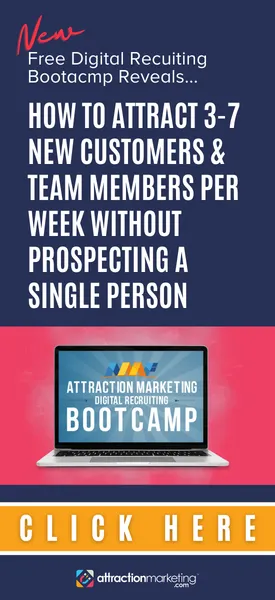




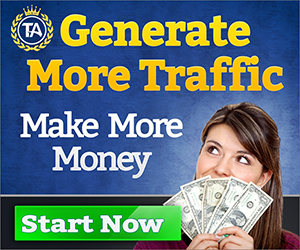




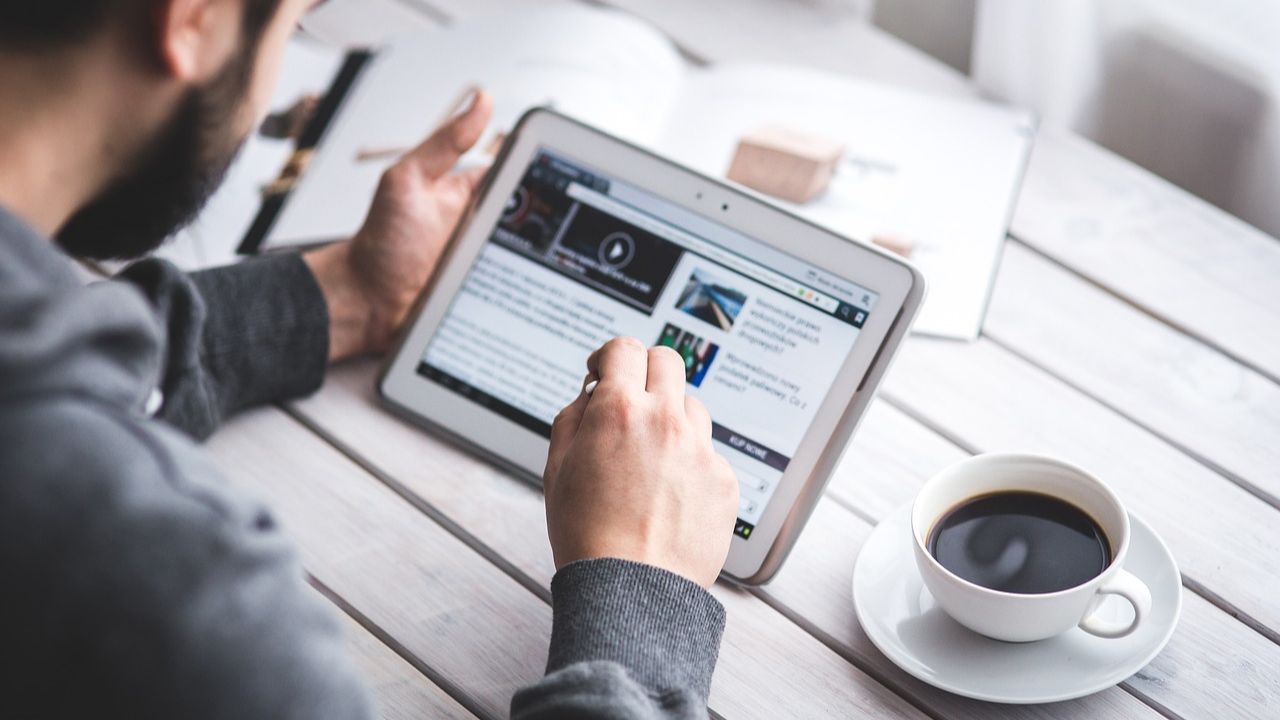
Leave a Reply